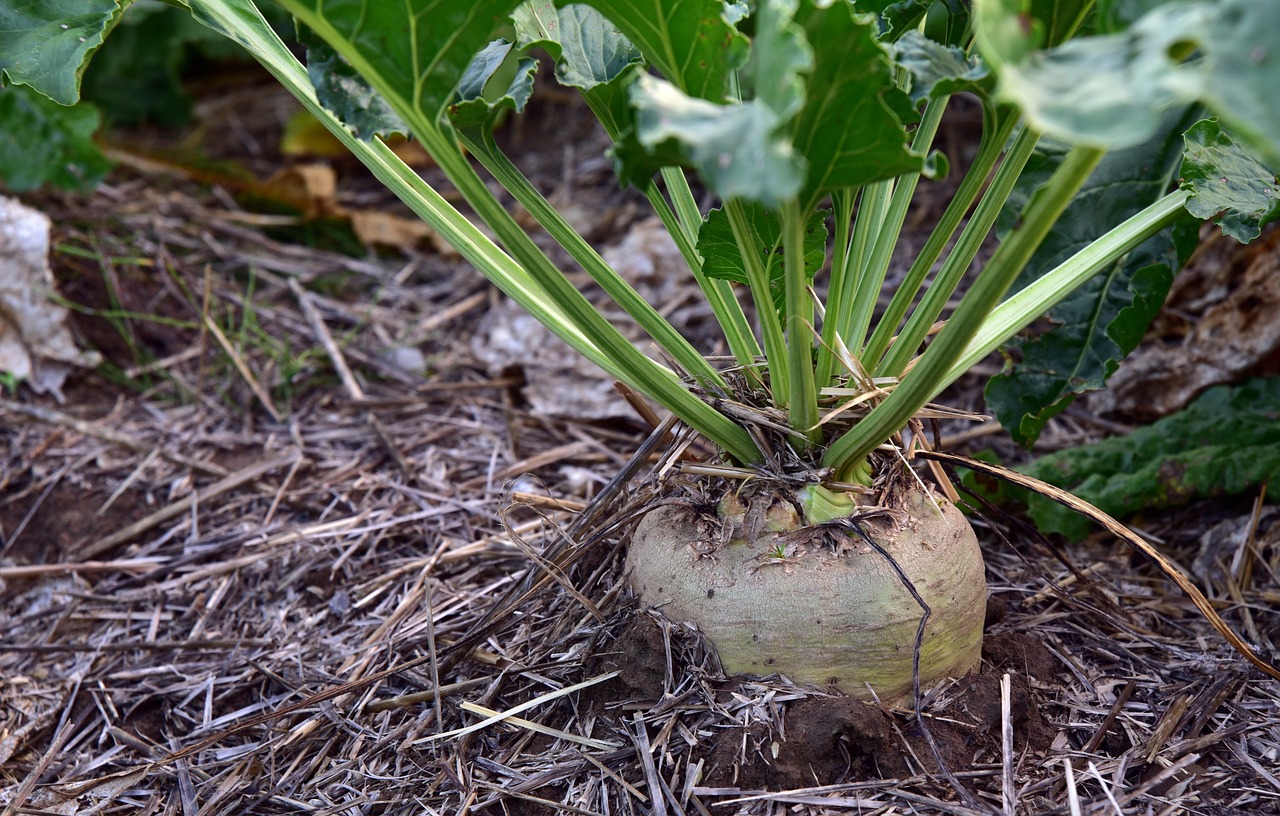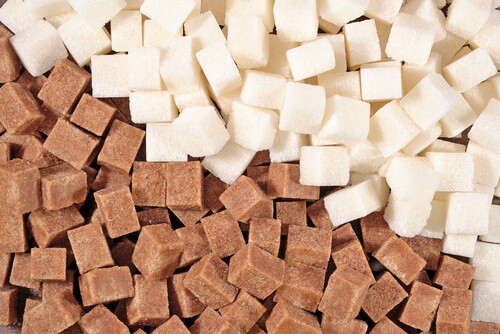FAQ: The most common questions about sugar beet vs sugar cane answered
The Significance of Sugar Beet Vs Sugar Cane: a Closer Check Out Their Manufacturing Processes and Applications
The relevance of sugar beet and sugar cane prolongs past their function as sources of sucrose. Each crop includes unique producing procedures that influence their applications across various industries. While sugar beet supports not simply food production yet also biofuels and plant foods, sugar cane mostly serves the food field with valuable results. Comprehending these distinctions discloses just how each crop shapes agricultural economic climates and sector techniques globally, triggering additional exploration right into their unique contributions.

Summary of Sugar Beet and Sugar Cane
Sugar beet and sugar cane are 2 key resources of sucrose, each with distinctive characteristics and cultivation methods. Sugar beet, a root veggie, grows in pleasant environments - Sugar beet vs sugar cane. It is grown largely in the Northern Hemisphere and requires well-drained soil. The plant generally grows to a height of about 18 inches, with a white, fleshy root including regarding 15-20% sucrose. On the other hand, sugar cane is an exotic yard that flourishes in warm, humid conditions. It can reach heights of as much as 12 feet and is composed of high, jointed stems that shop sucrose focus ranging from 10-15%. The growing of sugar cane is labor-intensive and commonly includes manual harvesting. Both crops function as essential farming assets, supplying basic materials for sugar production and different spin-offs. Their cultivation techniques considerably influence regional economic climates and worldwide sugar markets, making them essential to the farming landscape
Gathering Techniques for Sugar Beet and Sugar Cane
Collecting methods for sugar beet and sugar cane differ significantly as a result of the special characteristics of each plant. Sugar beet harvesting commonly utilizes customized machinery called beet harvesters, which efficiently root out the beetroots from the soil while lessening damages. These devices make use of a series of blades to reduce the tops and raise the roots, making sure that the beetroots remain intact for processing.In comparison, sugar cane harvesting often includes 2 key methods: hands-on cutting and mechanical harvesting. Hand-operated harvesting, still prevalent in some areas, calls for employees to cut the cane stalks by hand utilizing machetes. This method permits discerning harvesting however is labor-intensive. Mechanical harvesters have gotten popularity, employing turning blades to reduce and collect the stalks quickly. Both methods aim to enhance return and quality, with mechanical harvesting increasingly embraced to satisfy climbing manufacturing needs efficiently.
Handling Methods for Sugar Beet
After being harvested, sugar beets go through a collection of handling actions to remove sucrose properly. The primary step involves washing the beets to eliminate soil and pollutants. Next, the beets are sliced into slim strips recognized as cossettes, which increases the area for extraction. These cossettes are then subjected to hot water extraction in a diffusion procedure, permitting sucrose to liquify right into the water.Following extraction, the juice consists of pollutants and is cleared up utilizing lime and warm to speed up solids. The cleared up juice is after that focused via dissipation, eliminating excess water and boosting sugar focus. To crystallize the sucrose, the concentrated juice undergoes further evaporation and cooling, forming sugar crystals. Finally, these crystals are separated from the staying syrup with centrifugation, dried out, and packaged for circulation. This method guarantees a high yield of sucrose while keeping the top quality of the last product.
Processing Approaches for Sugar Cane
Handling sugar cane includes a collection of actions designed to draw out sucrose successfully. The process begins with harvesting, where fully grown sugar cane is reduced and moved to processing centers. Once at the mill, the cane goes through washing to remove contaminations. The next step is crushing, where mechanical rollers remove juice from the fibrous stalks.This juice is after that clarified using warm and lime to eliminate put on hold solids and pollutants. Complying with information, the juice is vaporized to focus the sugar material, causing a thick syrup. The syrup goes through condensation, where sugar crystals create as the syrup cools down. These crystals are divided from the continuing to be molasses via top article centrifugation.Finally, the sugar is dried out and packaged for distribution. This comprehensive processing method guarantees that sugar cane generates a premium item, appropriate for various cooking and industrial applications, while optimizing the removal of sucrose from the raw product.
Nutritional Differences In Between Sugar Beet and Sugar Cane
The comparison in between sugar beet and sugar cane prolongs beyond their processing techniques to encompass considerable dietary differences. Sugar beet has not only sucrose however likewise a series of nutrients, including vitamin C, potassium, and magnesium. These nutrients add to its potential health benefits, such as sustaining immune function and keeping electrolyte equilibrium. In comparison, sugar cane primarily provides sucrose with marginal degrees of necessary nutrients.Additionally, sugar beet has a greater fiber content, which can assist in food digestion and promote satiety. The visibility of antioxidants in sugar beet may likewise use protective impacts versus oxidative stress, a variable connected to numerous chronic conditions. While both resources are mainly used for sugar production, the dietary profiles recommend that sugar beet may use added health and wellness benefits compared to sugar cane. This distinction is crucial for customers looking for greater than simply sweeteners in their diet regimens.
Applications of Sugar Beet in Various Industries
A range of industries utilize sugar beet for its flexible applications past sugar production. In the food market, sugar beet acts as an essential active ingredient in producing various refined foods, consisting of sweets and baked items, due to its all-natural sweetness. In addition, the pulp derived from sugar beet is made use of as animal feed, providing a nutrient-rich resource for livestock.In the biofuel industry, sugar beet is significantly identified for its capacity in producing bioethanol, adding to renewable resource remedies. The agricultural field gain from sugar beet's byproducts, which can be used as natural plant foods, enriching dirt wellness and fertility.Furthermore, sugar beet extracts are utilized in drugs and cosmetics, where they operate as natural sweeteners and humectants. These diverse applications highlight sugar beet's function as a beneficial source in boosting sustainability and development across multiple sectors, strengthening its relevance in modern-day production practices.
Applications of Sugar Cane in Different Industries

Often Asked Concerns
What Ecological Impacts Are Related To Sugar Beet and Sugar Cane Manufacturing?
The ecological impacts of sugar beet and sugar cane manufacturing include soil deterioration, water usage, chemical application, and habitat disruption. These factors add to environmental discrepancies, elevating concerns about sustainability in farming practices connected with both plants.
Exactly How Do Sugar Beet and Sugar Cane Contrast in Regards To Economic Practicality?
The financial stability of sugar beet and sugar cane differs based on factors like geographic place, manufacturing costs, and market need - Sugar beet vs sugar cane. Both plants provide special advantages, influencing farmers' decisions concerning growing and investment in different regions
What Are the Key Regions for Sugar Beet and Sugar Cane Cultivation?

Just How Does Environment Influence the Development of Sugar Beet and Sugar Cane?
Environment significantly impacts the growth of sugar beet and sugar cane. Sugar beets thrive in cooler temperature levels, while sugar cane needs cozy, exotic conditions. Sugar beet vs sugar cane. Both plants rely on adequate rainfall and sunlight for optimal growth and return
Exist Any Type Of Considerable Wellness Concerns Associated With Consuming Sugar From These Resources?
Health issues relevant to sugar intake include weight Read Full Report problems, diabetic issues, and cardiovascular disease. Both sugar beet and sugar cane-derived sugars can add to these concerns, specifically when consumed in excessive quantities, no matter their resource.